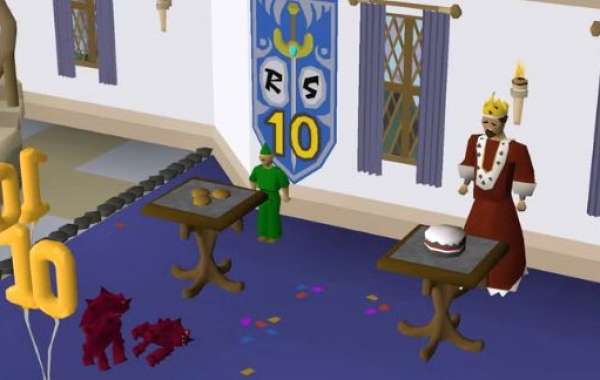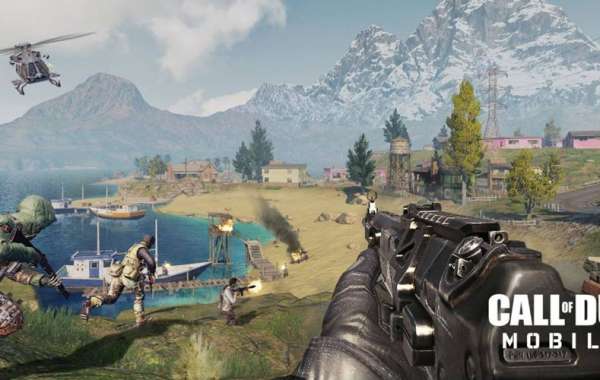Market Volatility and Poor Investments in RuneScape: Why Gold Management Matters
In Old School RuneScape (OSRS), success isn’t just about combat skills or RuneScape gold grinding—it’s also about understanding the game’s economy. The Grand Exchange operates much like a real-world marketplace, where prices rise and fall based on supply, demand, and player behavior. For players looking to accumulate or preserve RuneScape gold, market volatility and poor investments can be some of the biggest threats to long-term wealth.
Let’s explore what market volatility really means in OSRS, why poor investments can drain your savings, and how smart decision-making can help you grow and protect your gold more effectively.
1. Understanding Market Volatility in OSRS
Market volatility in RuneScape refers to the frequent and sometimes unpredictable price fluctuations of items on the Grand Exchange (GE).
These shifts are driven by several key factors:
Game Updates: When new items, bosses, or mechanics are added, the demand for certain resources or gear skyrockets. For instance, a new boss that’s weak to magic can suddenly spike the value of high-tier magic gear.
Player Trends: Influencers, streamers, and content creators can indirectly shape prices when they promote a specific build or strategy.
Seasonal Events: Events like Deadman Mode or Leagues can temporarily increase demand for specific items or materials.
Supply Changes: Bot bans, drop rate adjustments, or changes in resource gathering can quickly alter the supply chain.
Even small updates can send ripples across the market, making it difficult for players to predict where prices will settle.
Example: When Jagex introduces a new high-level raid, consumables like Saradomin brews, Ranging potions, and Sharks tend to spike in price due to raiders preparing en masse. However, once the initial hype dies down, prices may fall sharply again.
2. The Risks of Poor Investments
In a volatile market, poor investments often stem from greed, impatience, or misinformation. Players chasing quick profits may overextend themselves or misread market signals, leading to losses instead of gains.
Common investment mistakes include:
Buying at the Peak: When an item’s price is skyrocketing, many players rush to buy in, fearing they’ll miss out. But these “hype bubbles” often burst just as quickly, leaving investors holding overpriced items.
Ignoring Market Cycles: Items tend to follow predictable cycles based on content updates. Failing to recognize these trends can lead to buying or selling at the wrong time.
Speculating Without Research: Some players invest blindly based on rumors or forum chatter, without verifying data or tracking actual GE trends.
Overinvesting in One Item: Diversification is key. Putting all your gold into a single investment—like a rare weapon or resource—makes you vulnerable to sudden crashes.
Example: When Zulrah was nerfed, prices of its unique drops—such as Zulrah’s scales and Serpentine Helms—plummeted. Many investors who had stockpiled them for resale faced significant losses.
Final Thoughts
The RuneScape economy is a living, breathing system—dynamic, unpredictable, and full of opportunity. Market volatility and poor investments are the natural byproducts of such an ecosystem, but for savvy players, they also represent the greatest potential for profit.
By researching trends, avoiding impulsive decisions, and managing your wealth carefully, you can turn economic turbulence into opportunity. And as your experience grows, you’ll find that mastering the Grand Exchange is just as rewarding as mastering combat or skilling.
Whether you’re grinding for your next upgrade or exploring safe ways to buy RuneScape gold, remember: wealth in OSRS isn’t built overnight—it’s earned through cheap OSRS items patience, strategy, and smart decision-making.







